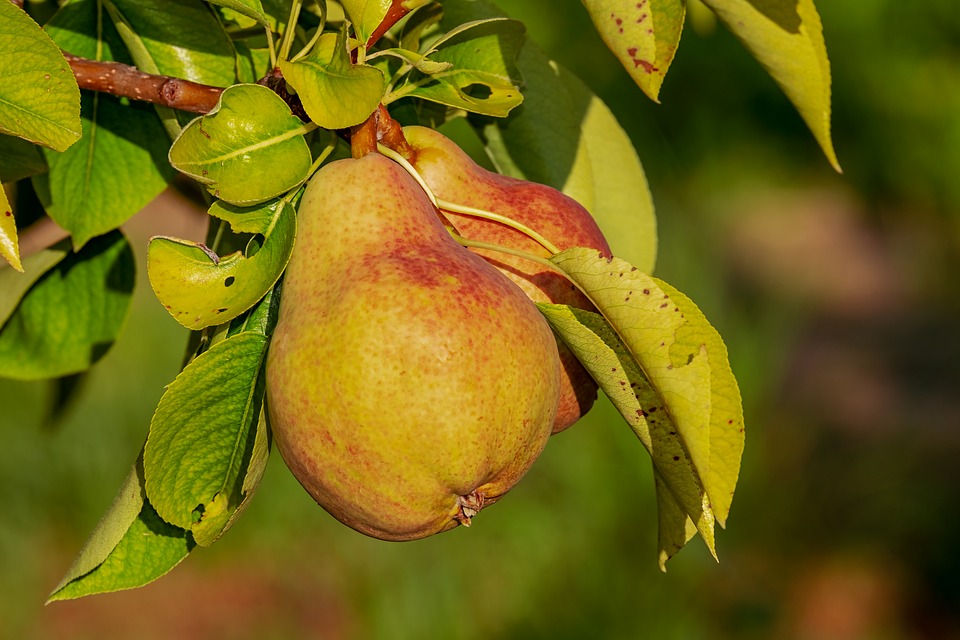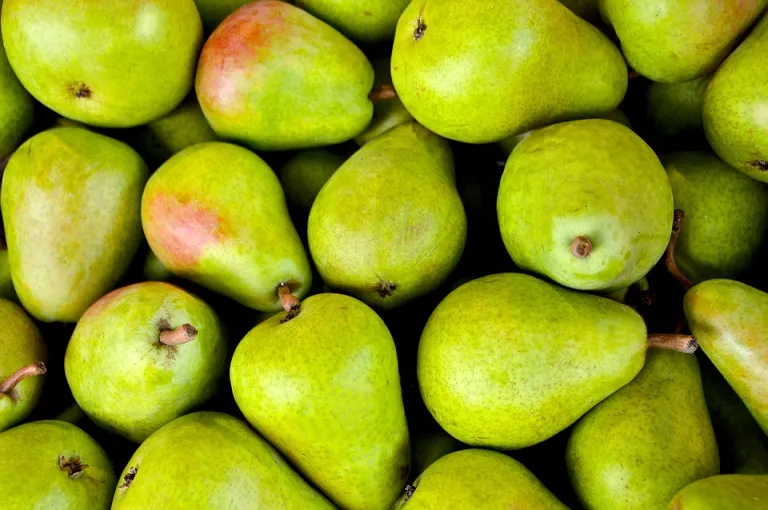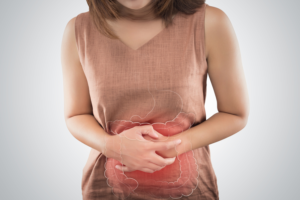The pear is a fruit that has different properties that benefit our health and, therefore, we should include it in our diet. There’s nothing like a sweet and juicy fruit for a snack or as a complement to our meals. But, beyond the flavor, what’s important is the nutritional contribution it provides us. The pear is a superfood rich in vitamins, calcium, and other properties that make it an ideal fruit for consumption.
In addition, it has several advantages because it is easy to digest, it is rich in antioxidants (beta-carotene, ascorbic or palmitic acids, selenium, alanine, and lutein), and this delays the aging of our cells.
Likewise, if we are looking to lose weight, we cannot forget it, since its high fiber content will give us the feeling of satiety. According to Lucrecia Cisneros, nutritionist at the Vitalita clinic, ‘pears contain between 41 and 59 calories per 100 grams depending on the type and variety of pear’.

Furthermore, thanks to its soluble fiber, the pear ‘works as a natural laxative for the intestine; it’s sandy content traps toxins and chemicals that cause damage to the colon,’ explains Cisneros, adding that this allows ‘preventing inflammation of the intestinal mucosa and colon diseases, such as constipation.’
Another benefit of pears is that they help reduce the risk of cardiovascular disease. This fruit contains potassium, which helps with blood pressure; pectins, which help lower cholesterol levels; and caffeic acid and pantothenic acid, which have anti-cholesterol properties, explains Cisneros.
It is also important to consume it with the skin since it contains arbutin, which is a diuretic component that helps prevent fluid retention, says Cisneros.

According to Cisneros, pears contain iodine, magnesium, iron, calcium, and phosphorus. They also contain vitamins C, A, E, K, and B complex (thiamine B1, riboflavin B2, niacin B3, pyridoxine B6, and folic acid B9). According to nutritionist Cisneros, to take full advantage of their nutritional qualities, pears should be eaten fresh. They can also be used to make sugar-free baby food.
Below are some recipes to include pears in your diet:
Pear croutons
Ingredients
These can be included in salads to vary their flavor.
2 pears cut into thin slices
Butter
Preparation
Brush the pear slices with a little butter and place them on a baking tray lined with wax paper. Bake at 110°C for 1 hour.
Pear, cucumber, and orange water
Ingredients
1 cucumber, peeled and seeded
1 pear in pieces
2 cups of orange juice
1 cup of water
Ice
Preparation
Blend the pear, cucumber, orange juice and water. Strain and add ice.
Fish fillets with pear and mango sauce
Ingredients
4 sole fillets of 180g each
4 tablespoons coconut oil
2 pears, diced
1 red serrano chili, sliced
2 tablespoons chopped cilantro
2 tablespoons lemon juice
2 tablespoons olive oil
3 ripe mangoes
1/3 cup lime or orange juice
1/2 cup sprout mix
Salt and pepper to taste
Preparation
Mix the pear cubes, serrano, cilantro, lemon, and olive oil; season with salt and pepper.
Blend the mango and lime juice until smooth.
Grill the fillets in a skillet over medium heat with the coconut oil.
Serve each fillet on a bed of pears and a mirror of mango salsa. Garnish with sprouts.























+ There are no comments
Add yours